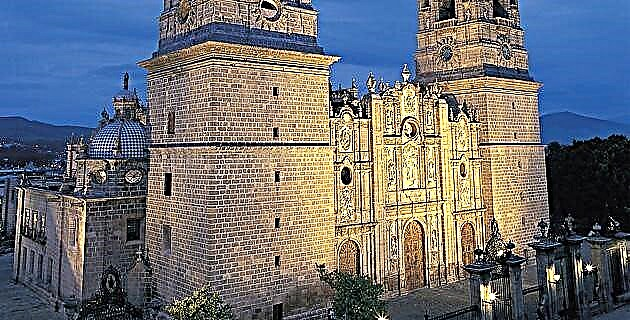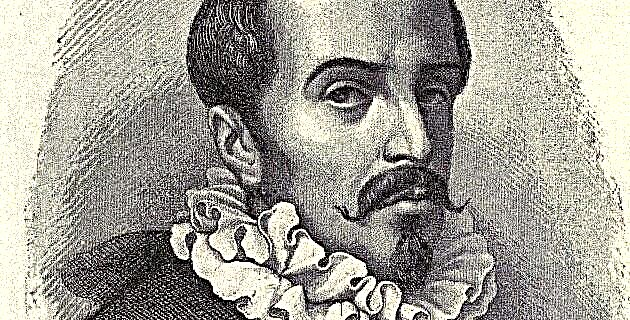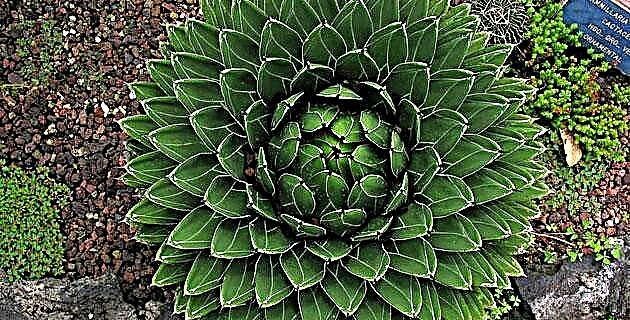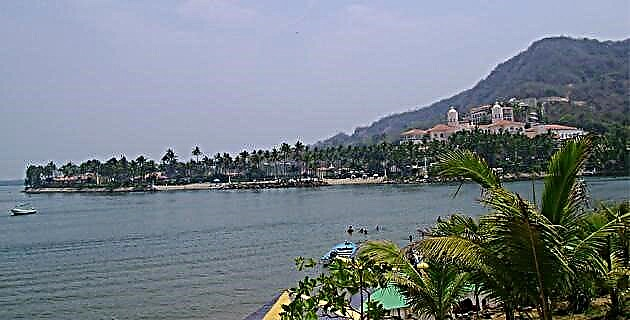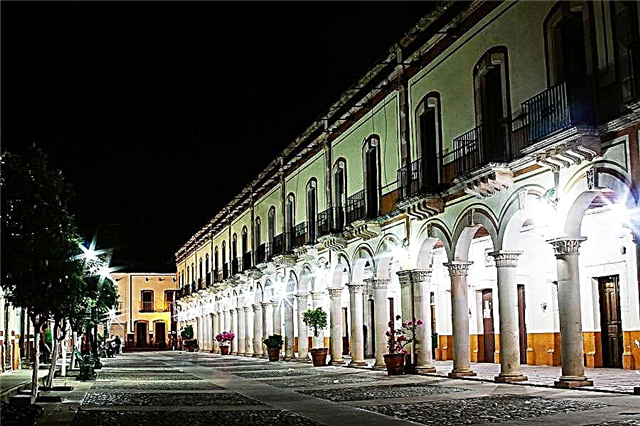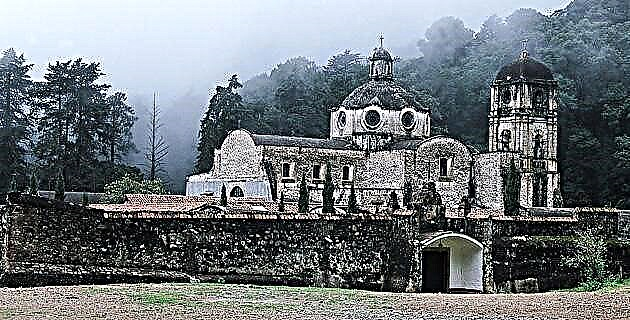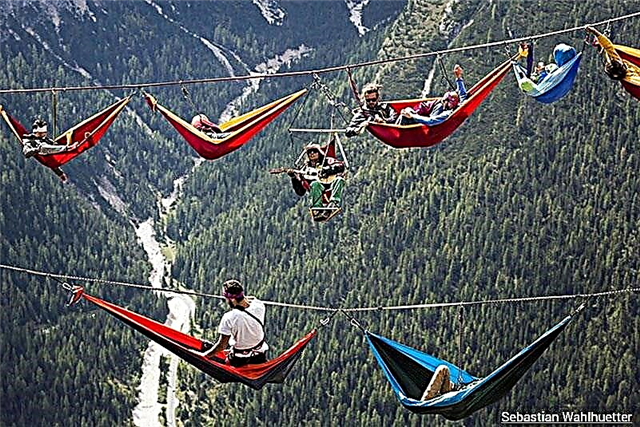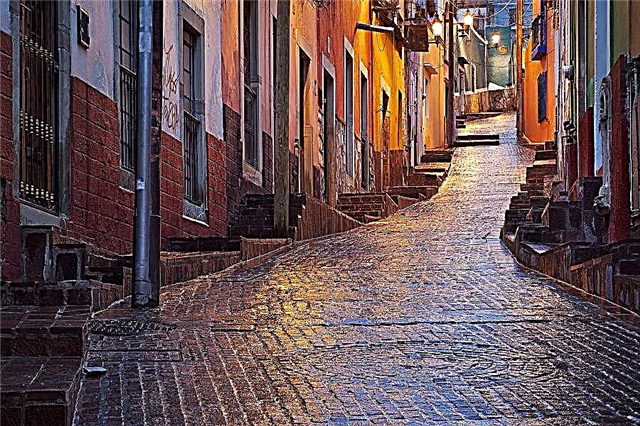Guanajuato has 5 Magical Towns where you can learn about great Mexican historical facts, as well as admire beautiful architecture, enjoy tasty food and delight in beautiful natural spaces.
1. Dolores Hidalgo

Every Mexican knows why the town of Dolores Hidalgo, Cradle of National Independence, has such a long name. Those who have been lucky enough to visit it also know that the town, apart from history, has beautiful and historic buildings and monuments.
The Grito de Dolores, a symbolic landmark of the Independence of Mexico, took place in the temple of Nuestra Señora de los Dolores, a building from 1778, in the New-Hispanic Baroque style. The facade of the temple is well known to Mexicans, as it is found on a legal tender bill.
The Father of Independence and author of the Grito de Dolores, Miguel Hidalgo, lived in the curato house, where a museum that bears his name now operates. The house contains period furniture, with some objects that belonged to Hidalgo.

The House of Visits is a beautiful colonial house that was originally the House of Tithe. It has baroque balconies and hosts the distinguished characters who go to Dolores on the occasion of the anniversary of Independence.
Some Mexicans believe that Hidalgo was born in Dolores, where he was a priest, but the illustrious priest came into the world in Corralejo de Hidalgo, a farm in the town of Pénjamo, 140 km away. of the town that would make him famous.

The one who was born in Dolores Hidalgo was the Insurgent Mariano Abasolo, Hidalgo's collaborator in the movement he started. In the hometown of the hero, located in front of the main garden, next to the temple of Dolores, the Municipal Presidency of the town operates.
The most important character of Dolores Hidalgo in the 20th century, the singer-songwriter José Alfredo Jiménez, has an impressively designed mausoleum in the local cemetery, consisting of a serape and a gigantic hat.
When you go to Dolores Hidalgo, don't forget to try their exotic ice creams. You can have a triple, for example, with shrimp, beer and roses, perhaps with a touch of tequila.
- Dolores Hidalgo, Guanajuato - Magic Town: Definitive Guide
2. Jalpa

On the border with Jalisco, forming a conurbation next to Purísima del Rincón, is the Guanajuato Magical Town of Jalpa de Cánovas.
The cool and extreme climate of Jalpa offers a wonderful environment to immerse yourself in discovering its attractions, led by its legendary haciendas, its colonial buildings and its traditions.
The Hacienda de Jalpa, which belonged to a famous Spanish family with the surname Cánovas, was immense and prosperous, mainly due to the cultivation of wheat and a herd that exceeded 10,000 heads.
More than 5 thousand people lived on the hacienda, including workers and families, and its wheat mills were the largest and most modern of their time in Mexico.

The water to power the mills was conducted by a stone aqueduct that today is a picturesque antique preserved in excellent condition, but which in its time was part of an imposing hydraulic project.
During the viceregal era, the old dam of the hacienda could store up to 15 million cubic meters of water, such an enormous magnitude that the King of Spain honored the head of the Cánovas family with the hereditary title of Conde de la Presa de Jalpa .
The dam collapsed after a storm, perishing some 400 of the thousands of humble people who lived on the hacienda and at the beginning of the 20th century the new owner, the engineer Oscar J. Braniff, had another dam built that would make the old one pale, tripling its size.

The new dam was also the most important hydraulic work in the country at the time and is currently a popular attraction for outdoor activities.
Another attraction in Jalpa is the Temple of the Lord of Mercy, a brick construction with Gothic lines, a pink facade and a pointed tower.
Just 10 km from the center of Jalpa is its neighbor Purísima del Rincón, a small city with beautiful houses from the Porfiriato era and several architectural and cultural attractions, such as the Museum of the Mask.
- Jalpa, Guanajuato - Magic Town: Definitive Guide
3. Mineral from Wells

This Guanajuato town experienced a heyday of precious metals, of which the vestiges of the mines of Santa Brígida, Las Muñecas, 5 Señores and San Rafael are testimony. You can visit the tunnels and tunnels of these mines with the help of the local guides.
During the era of mining splendor, Mineral de Pozos was endowed with a beautiful architecture, distinguishing itself from the parish church of San Pedro Apóstol, several chapels, the School of Arts and Crafts and the Juarez Garden.
The last Mineral de Pozos mine was closed in 1927, but the town continued to pay great veneration to the Lord of the Works, patron of the miners, whose festivities, celebrated on the day of the Ascension of the Lord, are the liveliest in many kilometers around.

The annual calendar of Mineral de Pozos is full of festivals. The International Mariachi Festival brings together the best groups from Mexico and the world in April, and has its closing point with the public's interpretation of the iconic regional song at full throttle by the public. Guanajuato road.
The In Mixcoacalli Festival is also in April and is held to keep pre-Hispanic Chichimeca traditions alive, particularly music and dance.

In June is the International Blues Festival, which brings together the best groups from Guanajuato and other Mexican states with those from the southern United States, particularly Texas and California. Usually the guest of honor is a figure of world stature in the musical genre.
The Toltequidad Cultural Festival takes place in July, with cultural events such as theater, poetry and prose contests, music and choreography, with a format similar to that of the Cervantino Festival.
Pozos has some gastronomic symbols that you cannot stop enjoying, such as the watermelon lettuce salad and the squash blossom quesadillas.
- Mineral De Pozos, Guanajuato - Magic Town: Definitive Guide
4. Salvatierra

Architecture lovers have in Salvatierra a place to immerse themselves in their contemplative and admiring passion for building styles and elements.
The Parish of Nuestra Señora de la Luz, located in front of the main garden, is of baroque lines and has two splendid towers.
That of San Francisco is an elegant temple with three altars, and the former Capuchin convent, which was built for the nuns of the Franciscan order, exhibits neat stonework.

The largest square in Guanajuato is the Main Garden of Salvatierra, with a beautiful hexagonal kiosk surrounded by trees and garden areas.
In front of the Main Garden is the Municipal Palace, built in the 19th century on the same site as the Casa del Mayorazgo de los Marqueses de Salvatierra.
Other imposing and attractive buildings in Salvatierra are the Portal de la Columna, with its 33 semicircular arches supported by 28 monolithic columns; the Hidalgo Market, a construction of the Porfiriato; the Batanes Bridge, the Perros Fountain and the Municipal Historical Archive and Museum of the City.

The Portal of the Column was erected by the Discalced Carmelites and owes its name to an image of the Lord of the Column that was preserved in a niche located in the place and which is now in the Parish of Nuestra Señora de la Luz
If they offer you a "top taco" in Salvatierra, don't look surprised; It is the name that the locals give to the popular taco al pastor. If you want to complement the tacos with something more substantial, you can order some pork carnitas with some peanut tamales and some mezcal puchas.
Salvatierra artisans are very skilled at embroidery work, finding precious tablecloths and napkins in town to decorate the table for an unforgettable dinner. They also work the pottery with delicacy, and your visit to Salvatierra is the occasion for you to take some beautiful jars.
- Salvatierra, Guanajuato, Magic Town: Definitive Guide
5. Yuriria

This is another Guanajuato town that no one who is passionate about architecture can miss, particularly for its religious buildings, among which the Temple of the Precious Blood of Christ, the Temple and former Augustinian Convent of San Pablo, the Sanctuary of the Virgin stand out. Guadalupe and the temples of La Purísima Concepción, Señor de Esquipulitas, San Antonio, and Hospital.
The Temple of the Precious Blood of Christ houses the image of a venerated black Christ, carved in ebony, which was brought to Mexico in the 17th century by Fray Alonso de la Fuente. The building has a façade with two bodies and twin towers crowned by small domes.

The Temple and former Augustinian Convent of San Pablo is a convent - fortress erected in the 16th century, being fortified by the religious to defend themselves against Chichimeca attacks. Its main architectural attractions are its Renaissance portal, its Gothic vaults, and its religious-themed paintings and sculptures.
The Sanctuary of the Virgin of Guadalupe is a rare religious construction, since its bell tower is located in the central part of the structure.
The Temple of the Lord of Esquipulitas is an 18th century building, with pink quarry and a neoclassical façade, which houses the Lord of Esquipulitas, another of the Mexican black Christs that are the object of particular veneration.

The Hospital Temple was built in the middle of the 16th century and was originally a center of attention for the indigenous population, hence its name.
Yuriria's main natural attractions are the lagoon, La Joya Crater Lake and Cerro El Coyontle. The Yuriria Lagoon is a body of water built in the 16th century and it was the first important hydraulic work to be done in America. It is currently part of the Ramsar Convention, as it is a wetland of global importance for biodiversity.
It is believed that in the Lake-Crater of La Joya human sacrifices were made during pre-Columbian times, which would be attested by a sacrificial stone that is in the place. Nowadays it is a place visited for fishing and canoeing and other sports.

El Coyontle is an elevation located on the shores of the lagoon, a place that was a quarry to extract the stones used in the main buildings of the town and that is dotted with mesquite, a tree that gives the hard wood used to make barbecues and to make furniture. and instruments.
- Yuriria, Guanajuato - Magic Town: Definitive Guide
This virtual tour of the Magical Towns of Guanajuato has been prepared for you to fully enjoy. We only need to ask for your comments to encourage exchanges between our readers.
Learn more about Guanajuato with these articles !:
- The 12 Best Things to Do and See in Guanajuato
- Museum Of The Mummies Of Guanajuato: Definitive Guide
- Mexico City Natural History Museum: Definitive Guide
- The 10 Best Legends of Guanajuato

